It probably won’t surprise you to know that the Executive Director of Polly Hill Arboretum (that’s me) happens to be a tree guy. So when the Vine asked me to recommend five trees for Island gardens, I was more than happy to share a few of my many favorites. Generally speaking, I think most Vineyard gardeners should strive to preserve the large native oaks on their property, so my focus here is on smaller trees (and one big one!) that can more readily fit into your landscape or can be planted in view from a window. Most of these trees can be placed at the edge of woodlands and thrive; some should take center stage.
___________________________________________
Accolade Flowering Cherry
Prunus ‘Accolade’
Why I love this tree: A drive up-Island past the Arboretum in mid- to late-April will reward one with a glimpse of a magnificent flowering cherry festooned with pink flowers. The tree’s twigs in late March start to reveal some color, and in full bloom it transports your psyche to a better place. As the petals of the tree begin to fall, you can find a Zen-like space below our largest tree while sitting on a strategically placed bench. The beauty is almost overwhelming.
Siting and culture: The tree needs at least six hours of light for best flowering and benefits from deer protection during establishment. The tree is larger in width than in size, so plant in an area where its extensive canopy can develop. Prune while young to form a good habit. Pay particular attention to removing crossing and competing branches. Note: This tree should be planted as a specimen tree to allow it to reach its full potential.
Benefits to you and nature: The blossoms attract honeybees in spring, yet the tree does not produce fruit. Birds love to build nests with its fine twigs in its dense protective canopy. Its real benefit is the impressive bloom that heralds spring each year. If you under-plant the tree with late-blooming daffodil varieties, the combination makes a nice spring show. If your garden can accommodate the size of the tree, I encourage you to plant one to honor a loved one, or simply to fill the world with the hope and renewal of spring.
___________________________________________
Alternate-leaf dogwood
Cornus alternifolia
Why I love this tree: Though this Island native is not as showy in flower as the eastern flowering dogwood, it has a picturesque branching habit that appears in tiered, horizontal layers. The tree produces pure white flowers, and in autumn offers deep wine-red fall color.
Siting and culture: Very few native populations of alternate-leaf dogwood exist on-Island – another reason to plant it more widely. It prefers a moist woodland edge with good drainage. In dry areas, plant it in a spot with morning sun or dappled shade. Add some compost to the planting hole to increase soil fertility and moisture-holding capacity. Apply mulch to the root-zone and water during times of drought. Protect the tree from deer browse the first few years of establishment.
Benefits to you and nature: The showy flat-topped white flowers draw pollinators during peak bloom in June, and the tree hosts a multitude of moth species. In autumn, bluish-black fruits are beautiful to behold and are relished by small mammals and birds.
___________________________________________
Common witch-hazel
Hamamelis virginiana
Why I love this tree: Considered a large shrub to small tree, beautiful examples of witch-hazel exist throughout the Vineyard, with some spectacular examples at Waskosim’s Rock in Chilmark. In the late fall, the witch-hazel always takes me by surprise with its delicate yellow flowers. The spidery blooms never fail to draw my eye or, with their soft, clean scent, my nose. Immune to the fall chill, the strap-shaped petals unfurl in the warm morning sunshine and recoil before nightfall. Earlier in the fall, the flowers are often intermingled with – and hard to discern from – the butter-yellow foliage.
Siting and culture: Place in a spot where it will receive at least six hours of full sun. Mulch the root-zone and protect from deer browse during establishment. I recommend placing this along a path where you walk daily to take in its fragrance and miraculous blooms.
Benefits to you and nature: Witch-hazel is a miracle to see in bloom in October and often deep into November. The yellow spidery flowers are pollinated by gnats, bees and moths. The medicinal value of common witch-hazel is well known; widely used for ages by Native Americans for treating wounds and treating eye problems, it is still available in today’s pharmacies in products sold to tone skin and reduce inflammation. This tree surprises with more than end-of-the-season flowers: The seed capsules forcibly expel their black seeds – often reaching 25 feet from the mother plant – with a pop.
___________________________________________
Sorrel tree
Oxydendrum arboreum
Why I love this tree: One of Polly Hill’s favorite trees is native to the southeast United States; few are found cultivated on the Island. The tree grows upright and has elegant weeping branches. The sorrel tree is one of the few ornamental trees that bloom in the summer months. Its long pendant white flowers are loved by honeybees and adorn the tree in abundance. While on collecting trips for the Arboretum in North Carolina, I have found that they are as common as our native sassafras and easy to spot for the brilliant red fall color and rugged bark.
Siting and culture: Plant as a small-size tree. Sorrel trees are notoriously difficult to transplant. Plant in an area where the tree will get at least six hours of full sun. Mulch the root zone and water in times of summer drought until established. As a member of the heath family, they are a relative of blueberries and rhododendrons, so they prefer our highly acidic soils.
Benefits to you and nature: The sorrel tree is a favorite of native bees and honeybees. The tree is prized for its delicious honey, which I’ve received on my southern travels as a gift on more than one occasion. It’s a unique North American native tree that deserves both wider use and appreciation.
___________________________________________
Pawpaw
Asimina triloba
Why I love this tree: While in graduate school in Michigan, I received a grant from the USDA to collect the fruit of pawpaw trees from the northernmost range of its habitat. What a joy to discover groves of the trees in the wild covered with delicious fruit! As an ornamental tree, it has multi-season appeal. Planted as a specimen tree, it has a pyramidal habit with large, deep-green leaves. The flowers are unique and appear before the tree fully leafs out. The blossoms are maroon in color and attract flies and other insects as their principal pollinators. In the fall, the leaves turn butter-yellow and are striking until just before frost.
Siting and culture: Order select varieties in small sizes to increase successful planting. Young trees benefit from dappled shade until establishment. After a few years, they can take more sun, which is essential for fruit production. Last year, the West Tisbury library hosted pawpaw guru, Neal Peterson. After the lecture we sampled fruit, and in my opinion, the Shenandoah variety was the best. Ideally, choose two varieties and space at a minimum of twenty feet apart. The trees will produce more fruit when cross-pollinating with another variety. Add compost to the planting hole to increase soil fertility and moisture-holding capacity. Mulch the root-zone and water during times of drought.
Benefits to you and nature: The fruits are highly nutritious and contain vitamin C, magnesium, iron, copper and are a good source of potassium. The leaves of pawpaw are not favored by deer, but are a food source for the native Zebra swallowtail butterfly. Perhaps one of the most neglected but garden-worthy North American trees, pawpaw is destined for greatness.
Tim Boland is executive director of Polly Hill Arboretum.

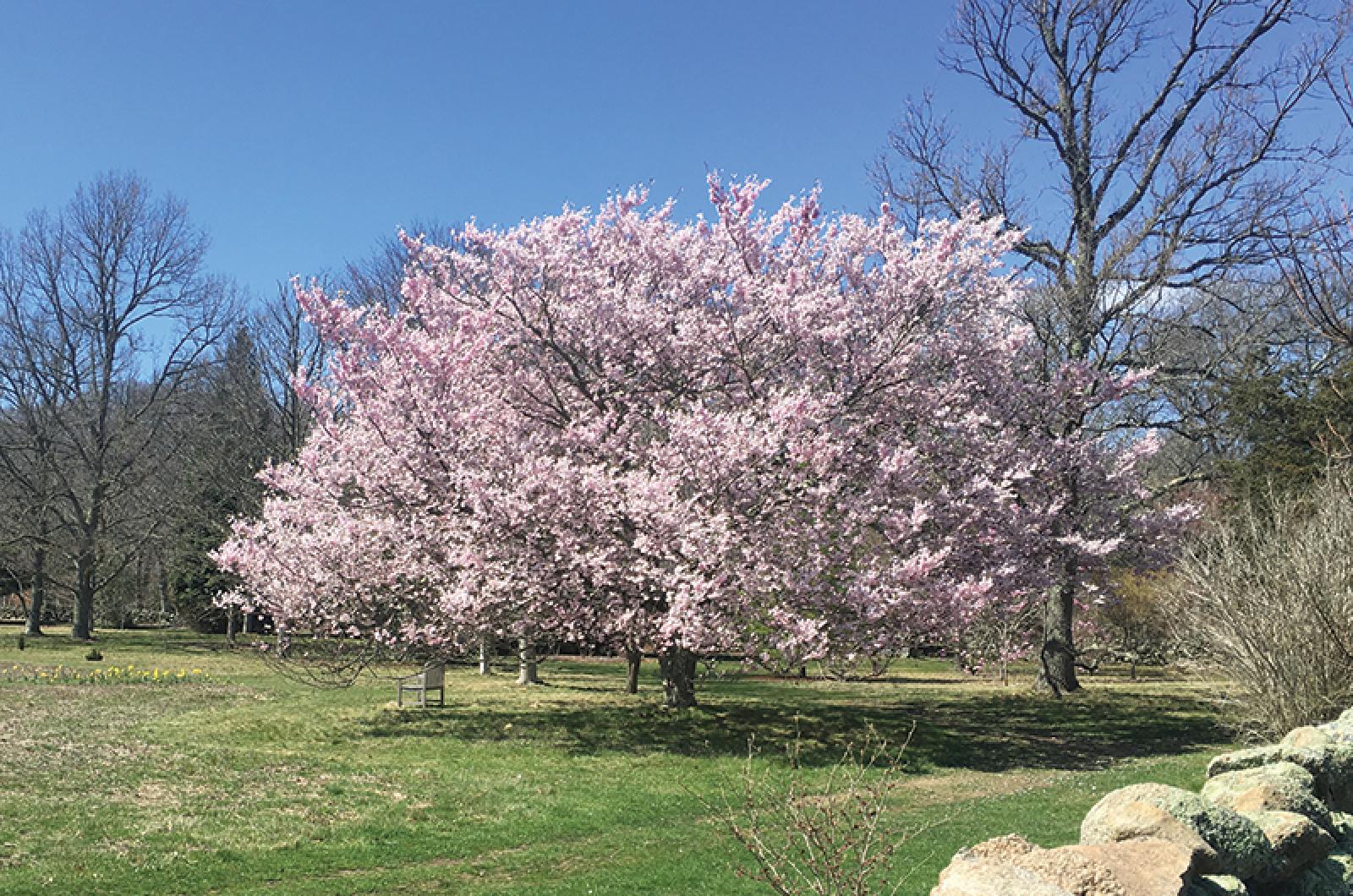



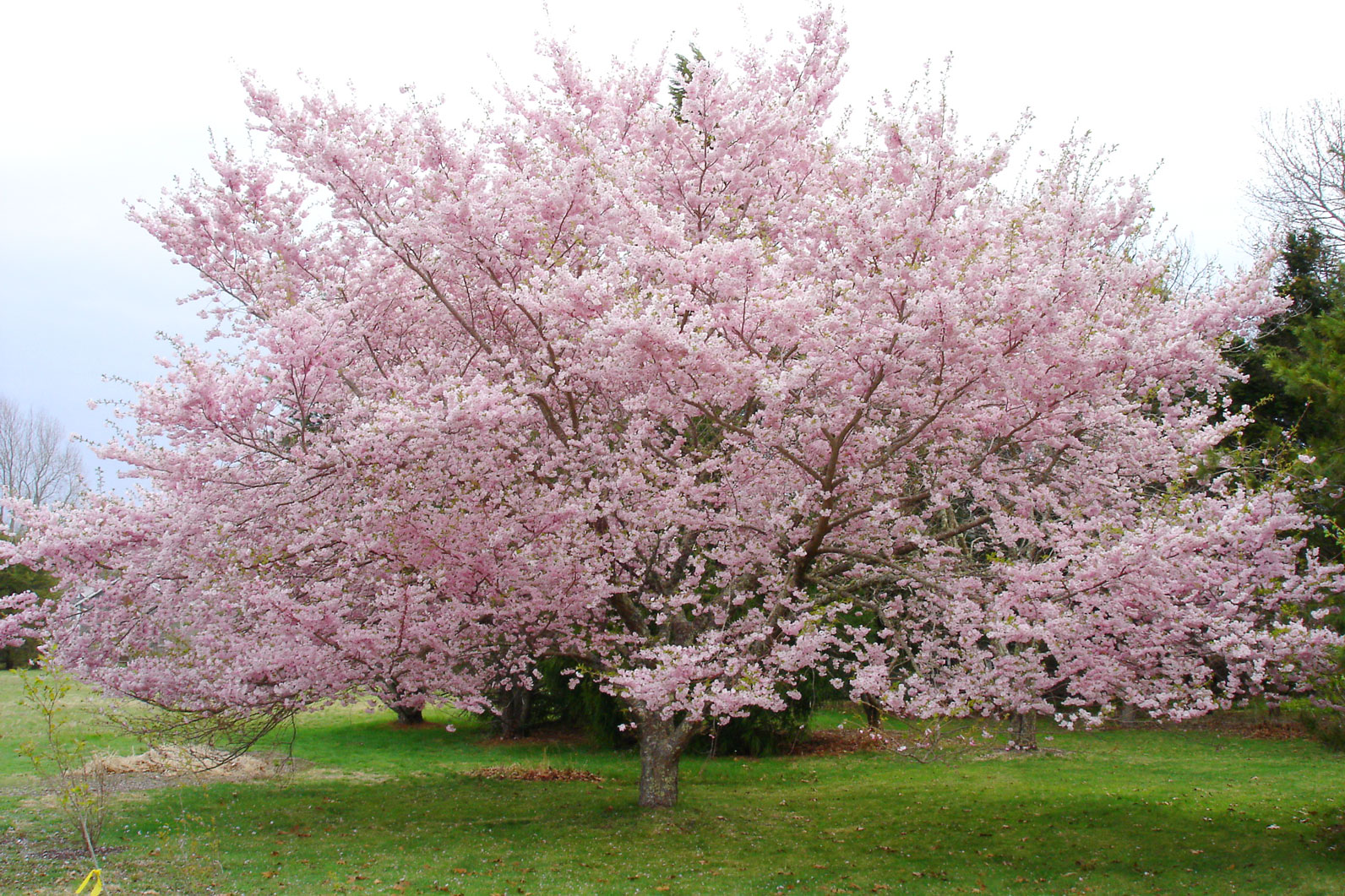
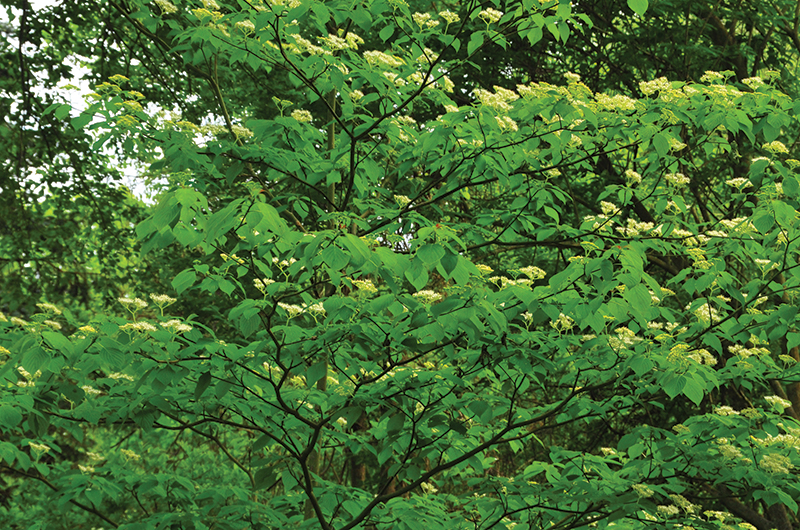
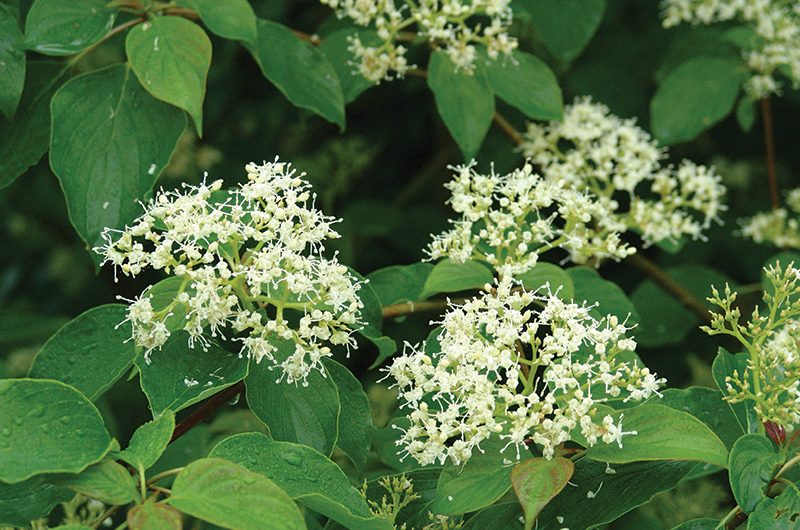
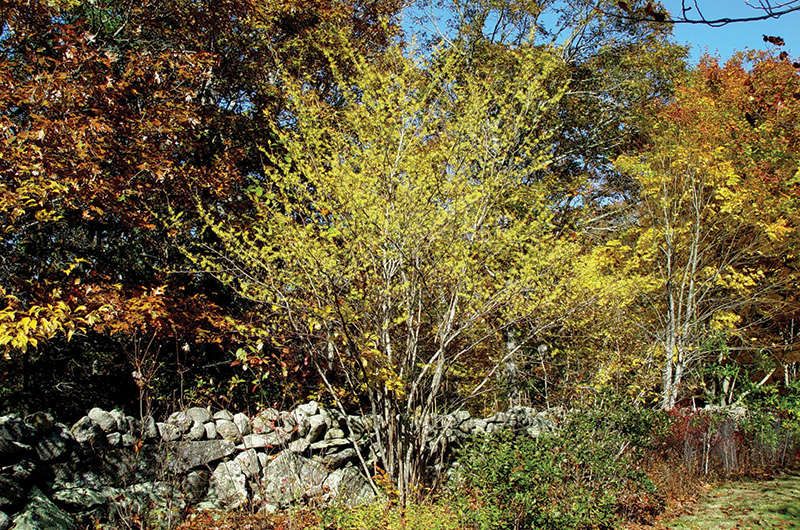
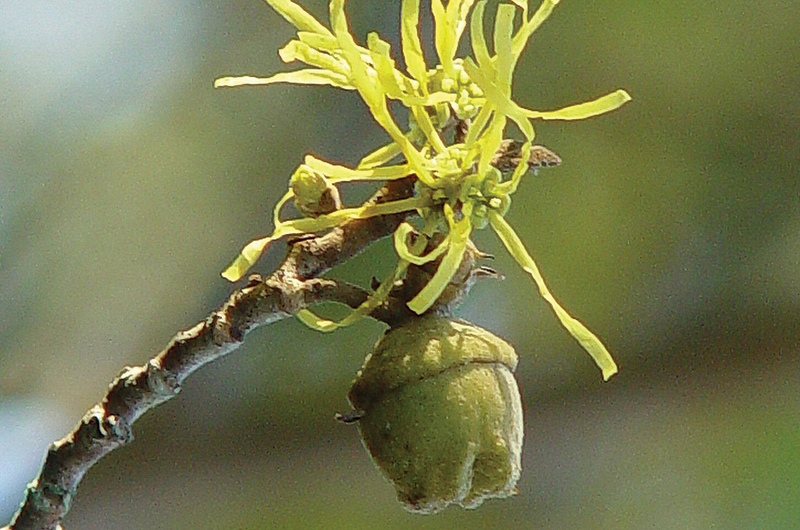
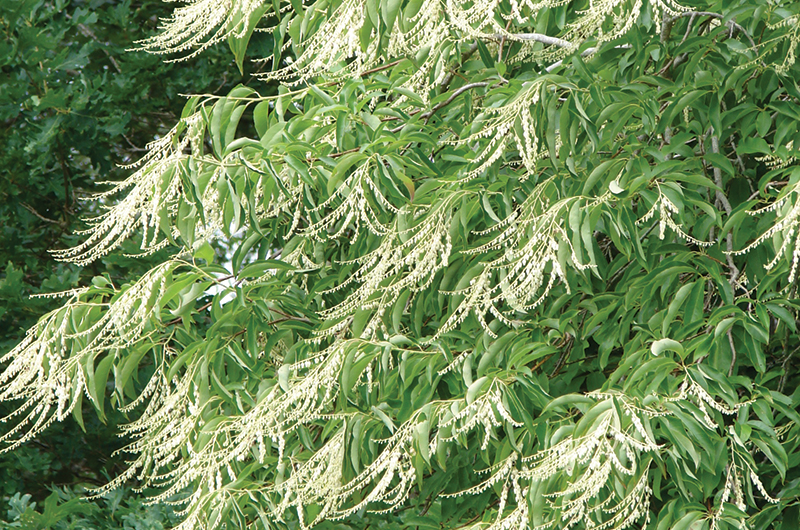
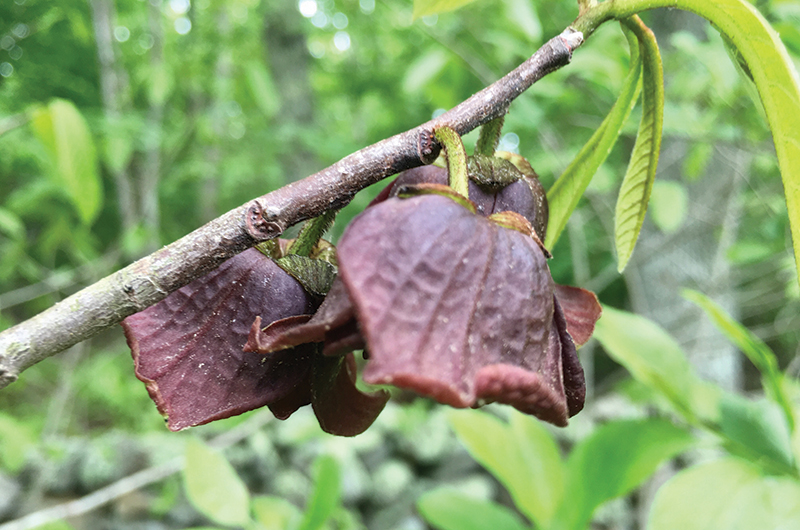







Comments